Surge in DIY Projects
The power tools market experiences a notable surge in demand due to the increasing popularity of DIY projects among homeowners. As individuals seek to enhance their living spaces, the need for efficient and reliable power tools becomes paramount. Recent data indicates that the DIY segment contributes approximately 40% to the overall power tools market. This trend is further fueled by the availability of online tutorials and resources, empowering consumers to undertake home improvement tasks. Consequently, manufacturers are responding by expanding their product lines to cater to this growing demographic. The power tools market industry is thus witnessing a shift towards more user-friendly and versatile tools that appeal to both novice and experienced DIY enthusiasts.
Expansion of E-commerce Platforms
The power tools market is experiencing a transformation due to the expansion of e-commerce platforms. Online retailing provides consumers with greater access to a wide range of power tools, often at competitive prices. This shift in purchasing behavior is particularly evident among younger consumers who prefer the convenience of online shopping. Recent data suggests that e-commerce sales in the power tools market have increased by over 25% in the past year. As a result, traditional retailers are adapting their strategies to include online sales channels, thereby enhancing their market reach. The power tools market industry is thus evolving, with a focus on improving the online shopping experience to meet consumer expectations.
Growth in Construction Activities
The power tools market is significantly influenced by the robust growth in construction activities across the United States. With infrastructure development and residential construction on the rise, the demand for power tools is expected to increase correspondingly. According to recent statistics, the construction sector is projected to grow at a CAGR of 5% over the next five years, driving the need for advanced power tools. This growth is likely to be supported by government initiatives aimed at improving infrastructure, which in turn boosts the power tools market industry. As construction companies invest in modern equipment, the market is poised for expansion, with a focus on durability and performance.
Increased Focus on Sustainability
The power tools market is witnessing a growing emphasis on sustainability, driven by consumer awareness and regulatory pressures. Manufacturers are increasingly adopting eco-friendly practices, such as using recyclable materials and reducing energy consumption in production processes. This shift is reflected in the rising demand for battery-operated tools, which are perceived as more environmentally friendly compared to their gas-powered counterparts. Recent surveys indicate that approximately 30% of consumers prioritize sustainability when purchasing power tools. As a result, the power tools market industry is adapting to these preferences, with companies investing in sustainable product lines to attract environmentally conscious consumers.
Technological Advancements in Power Tools
Technological advancements play a crucial role in shaping the power tools market. Innovations such as brushless motors, lithium-ion batteries, and smart connectivity features are transforming the landscape of power tools. These advancements not only enhance the performance and efficiency of tools but also improve user safety and convenience. The integration of smart technology is particularly noteworthy, as it allows for real-time monitoring and control of tools, appealing to both professionals and DIY enthusiasts. The power tools market industry is likely to see a continued emphasis on research and development, as manufacturers strive to introduce cutting-edge products that meet evolving consumer demands.


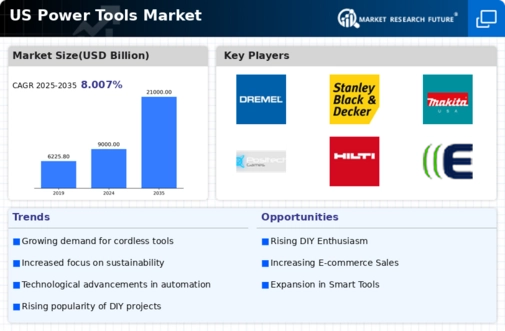
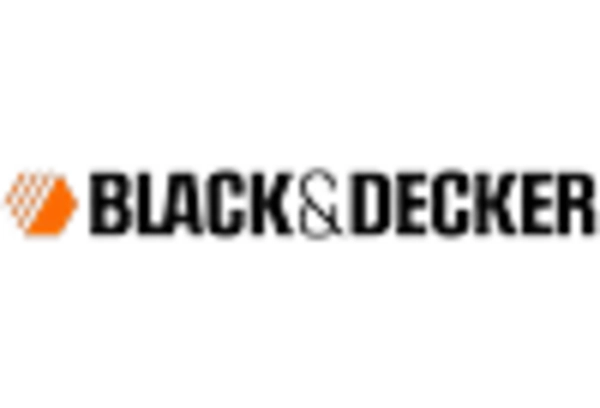

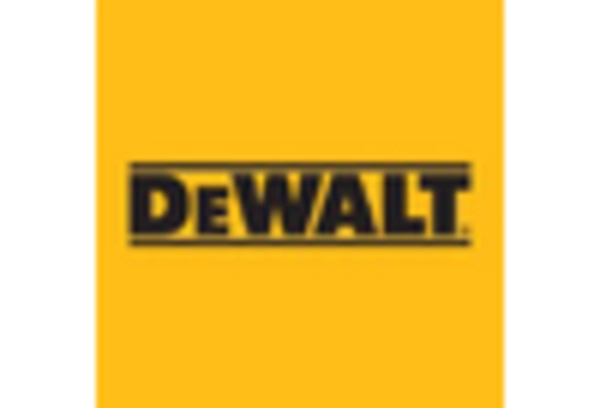
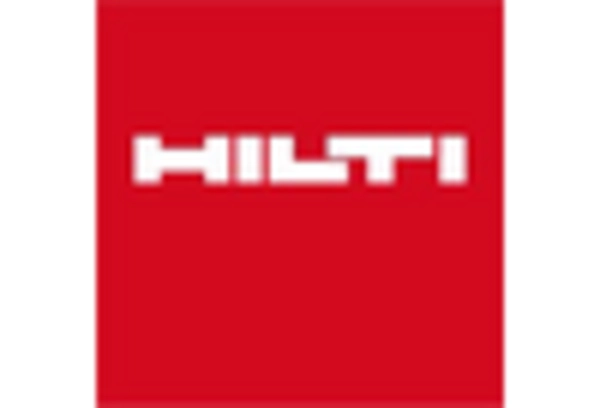
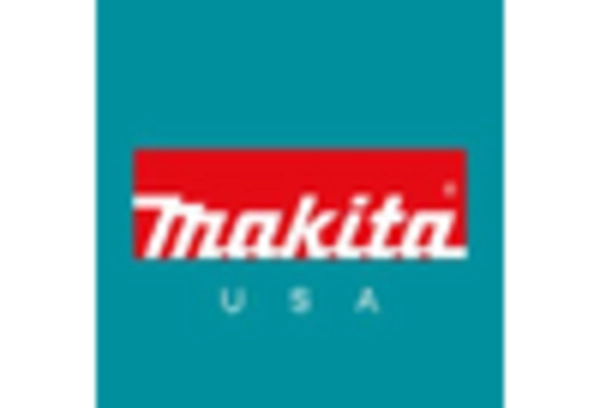









Leave a Comment